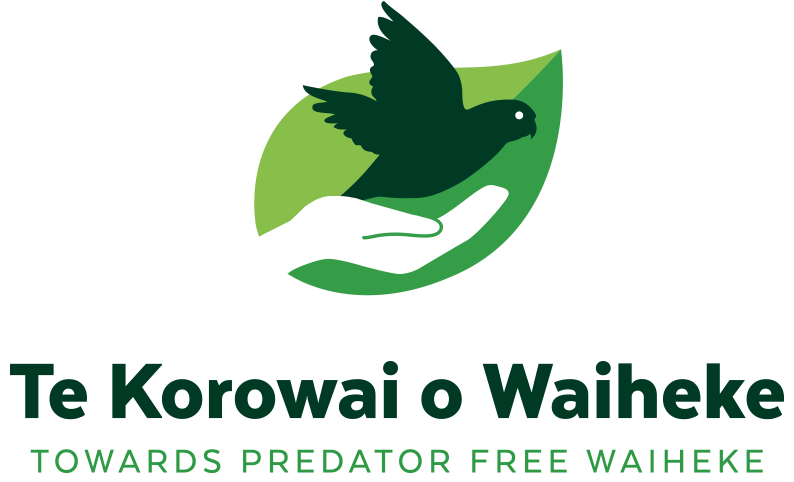What does the bait look like in the rat pilot?
Dyed Bait, Te Korowai o Waiheke Rat Pilot
Turn off the lights and switch on a UV light and this is what the rat bait in the operational trials looks like.
But why does it glow you may ask? While glowing under blue lights is perhaps more reminiscent of nightclubs and dance parties, this fluorescent dye is the key to answering a number of questions in the rat pilot.
In the Kennedy Point trial, bait is placed in the suppression zone that protects the peninsular from invaders from the northern end. When the catch rate drops inside the trapping area, any rats that are caught along the northern boundary may be immigrating rats. By dissecting caught rats, the team will be able to see if the rats have eaten the bait and therefore determine the success of the suppression zone.
Two months into the Ostend trial, the field team will swap from baiting to trapping in the core of the pilot area. Any rats that are then caught will be dissected to confirm they have consumed bait. This is to understand if they are survivors of the initial baiting rounds or if they are making their way through the suppression lines and into a trap.
Rats that do not eat bait pose a risk to the success of an eradication.
Every single rat collected will be examined for bait consumption, leaving no stone unturned to understand the best method for island-wide eradication.

